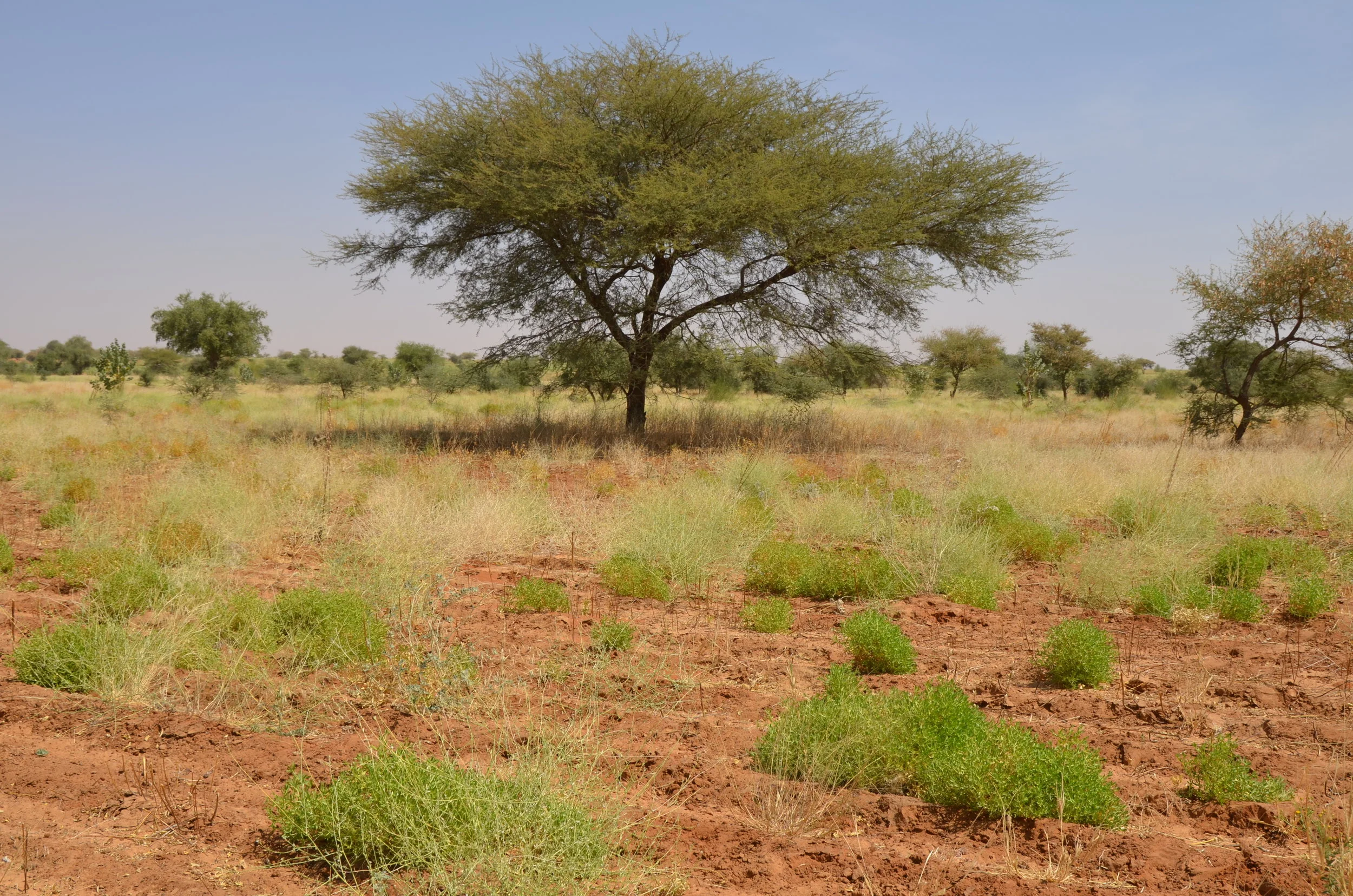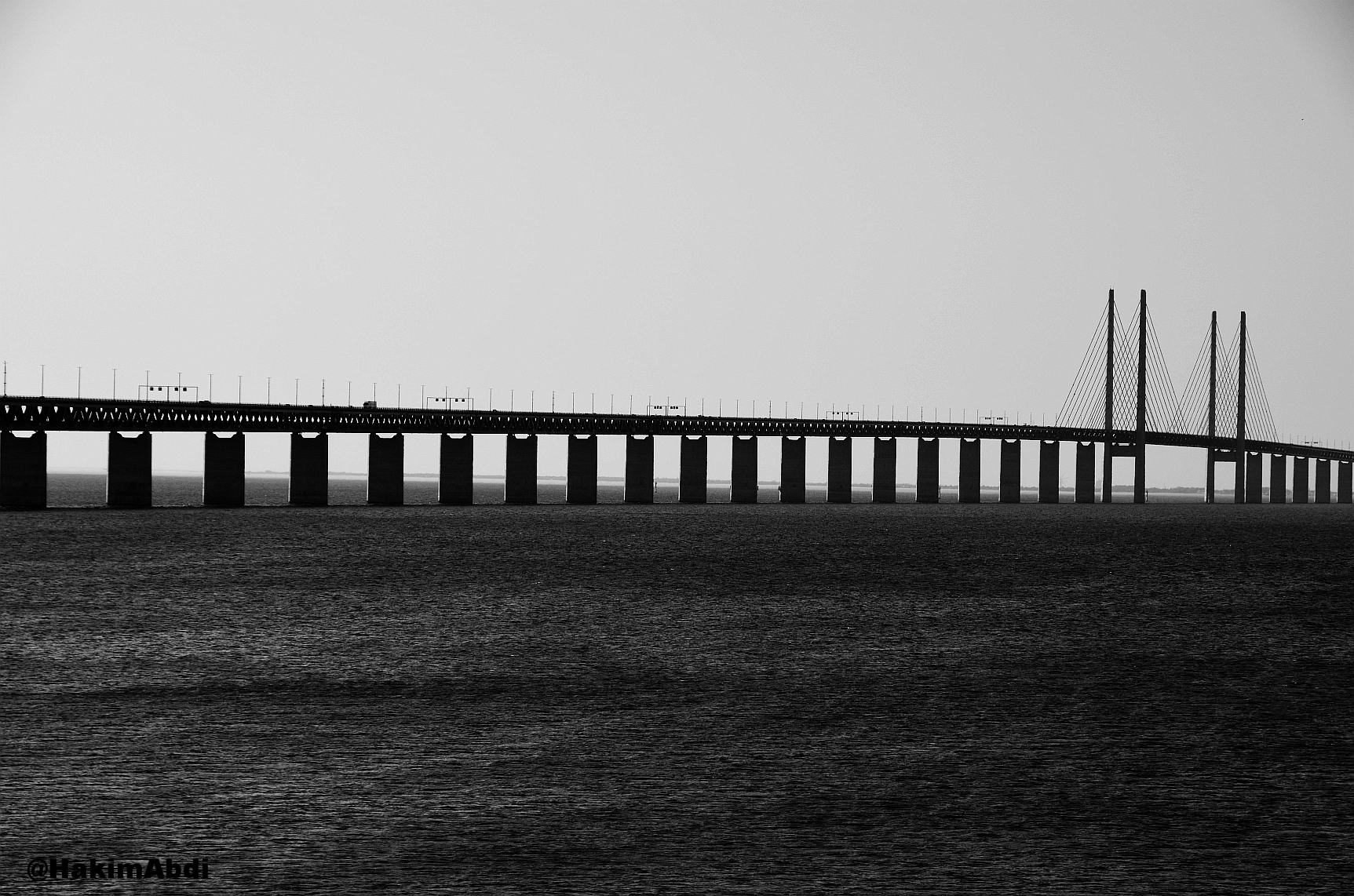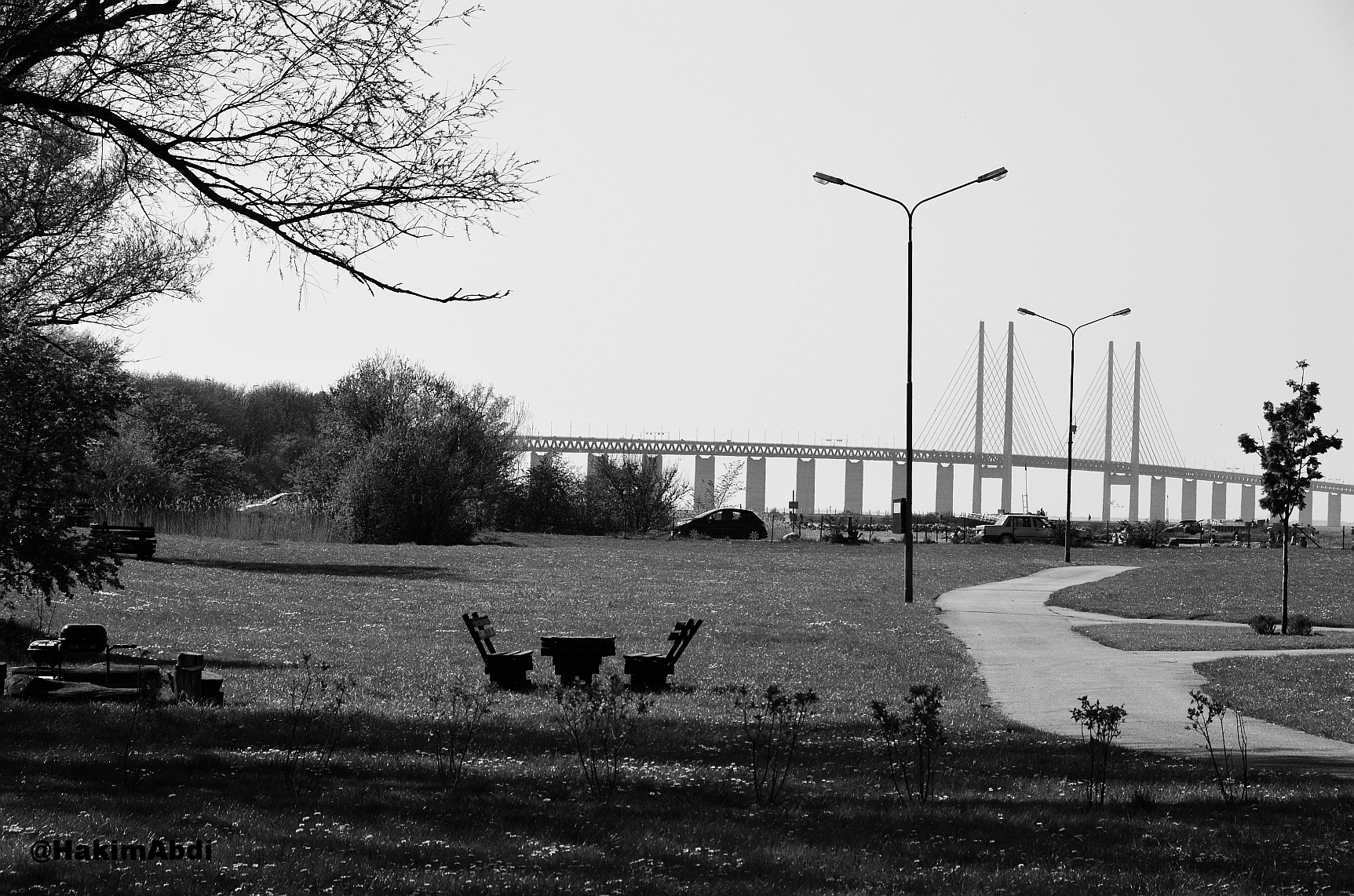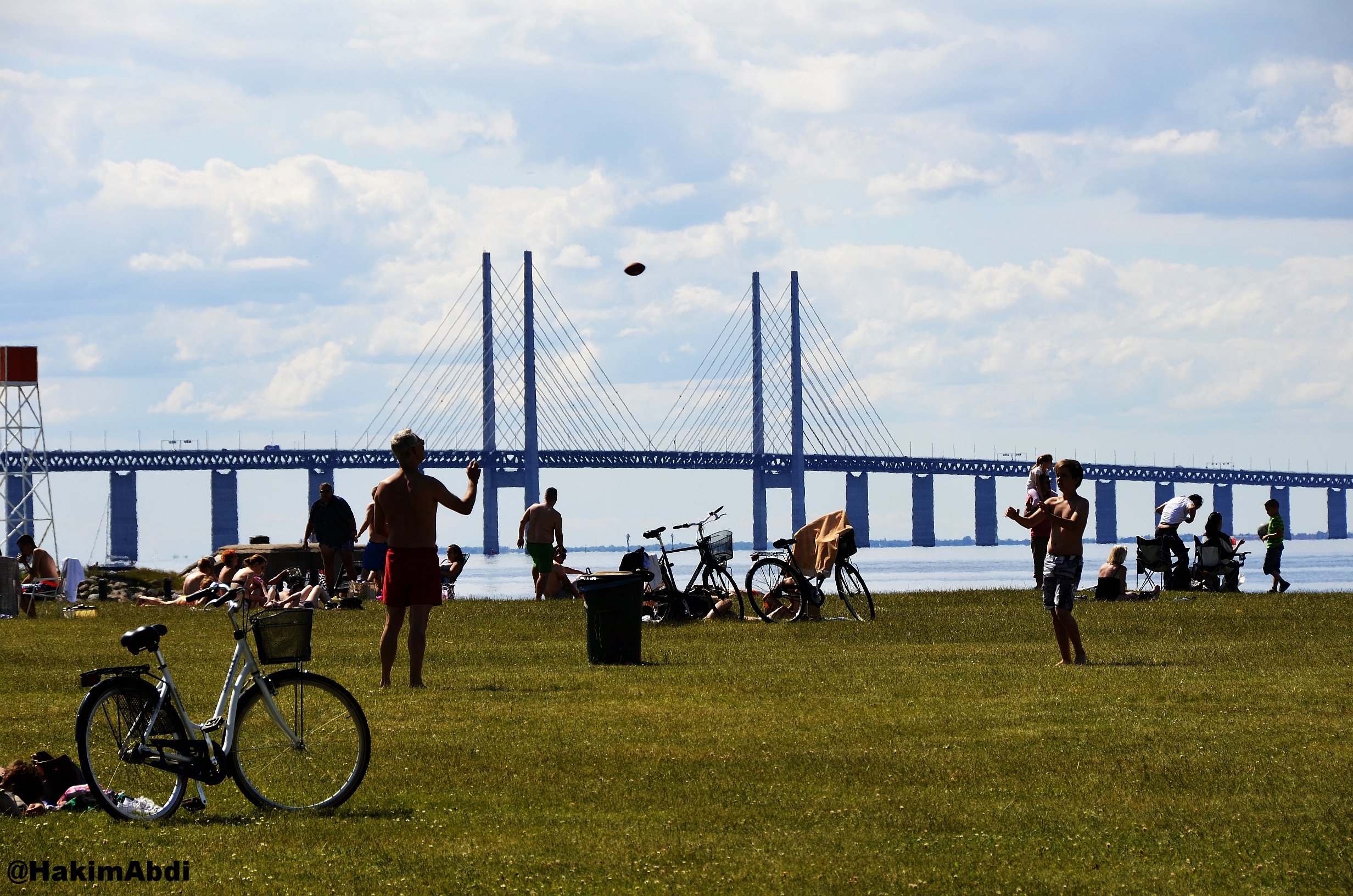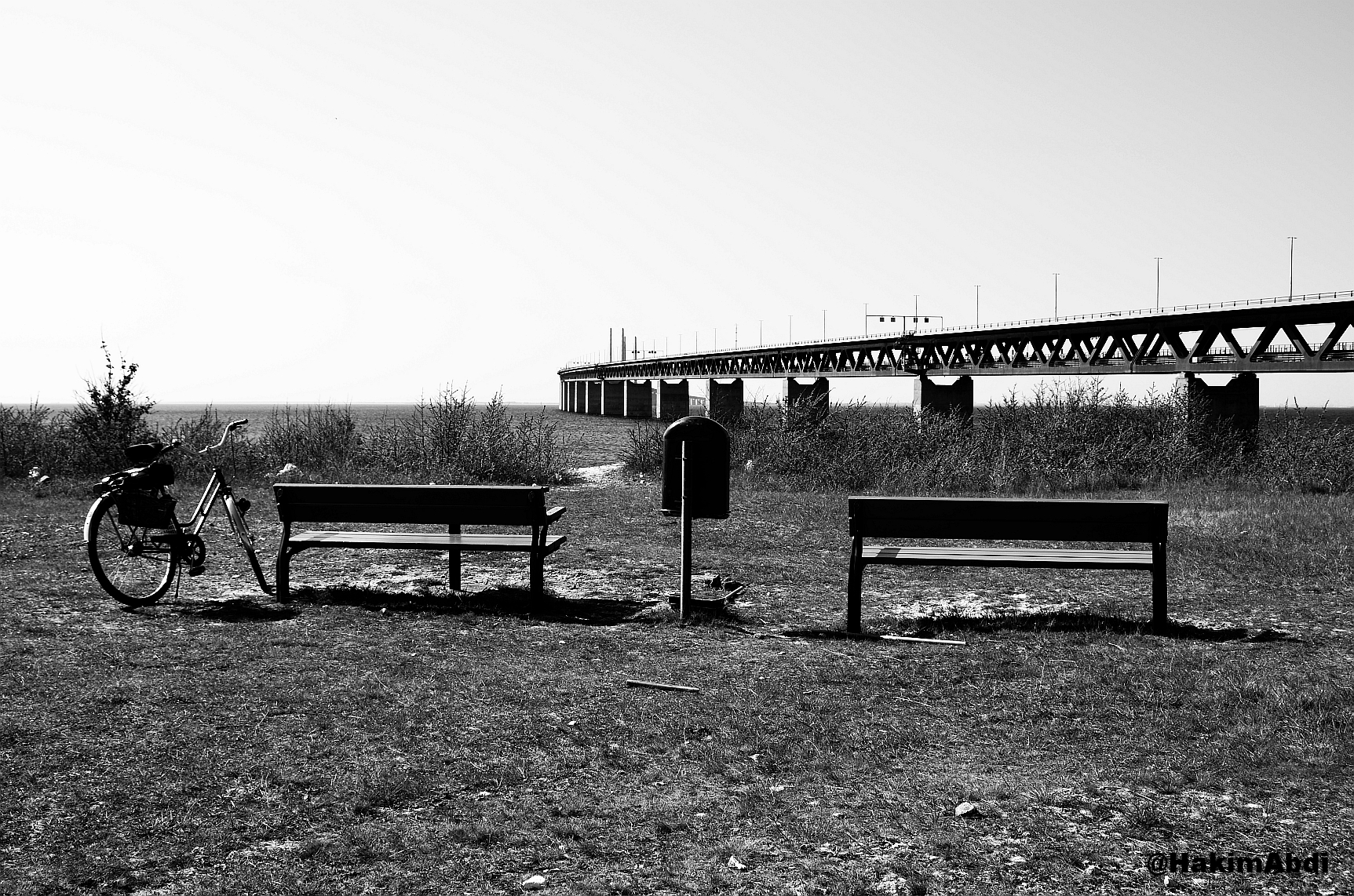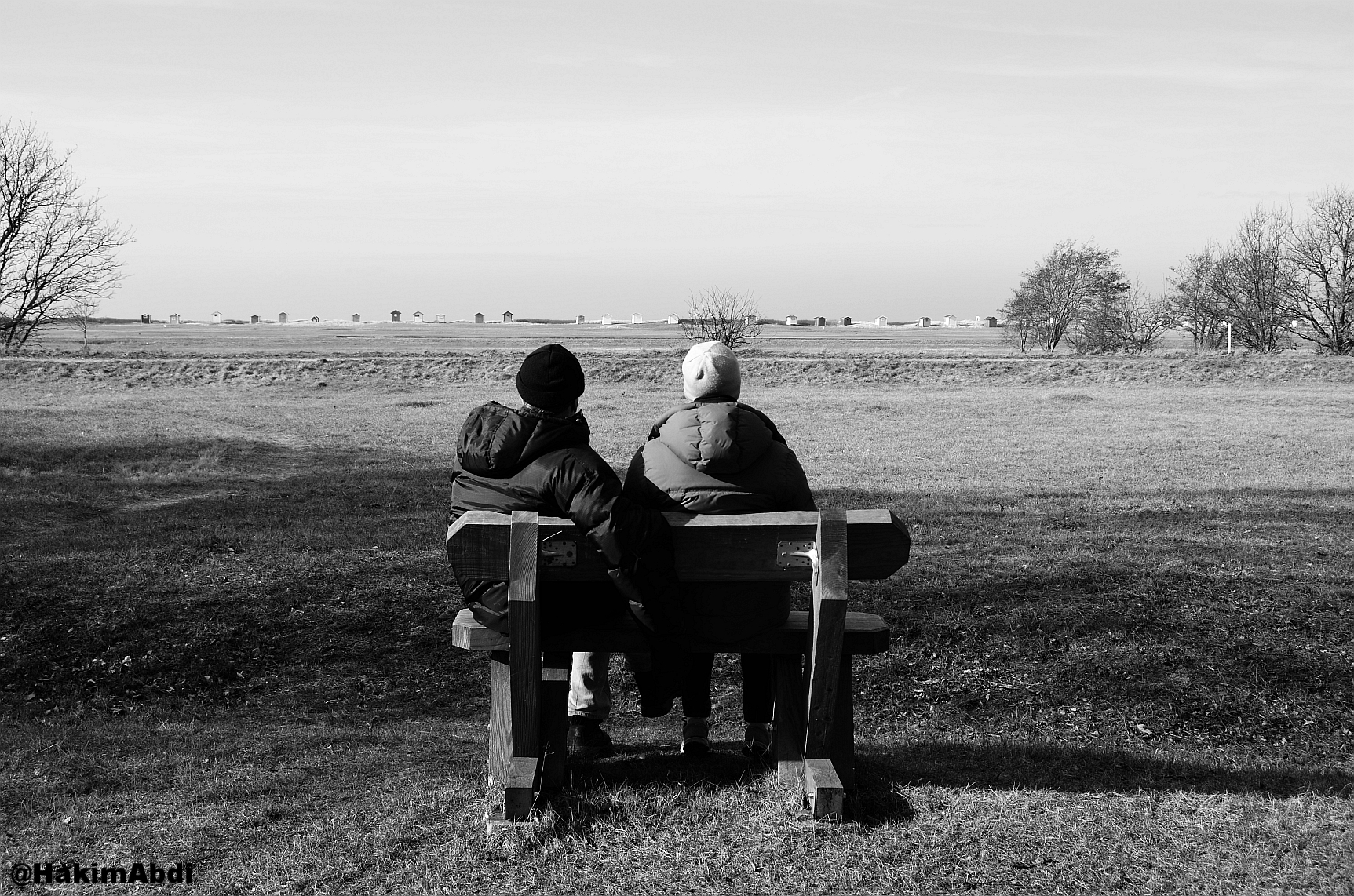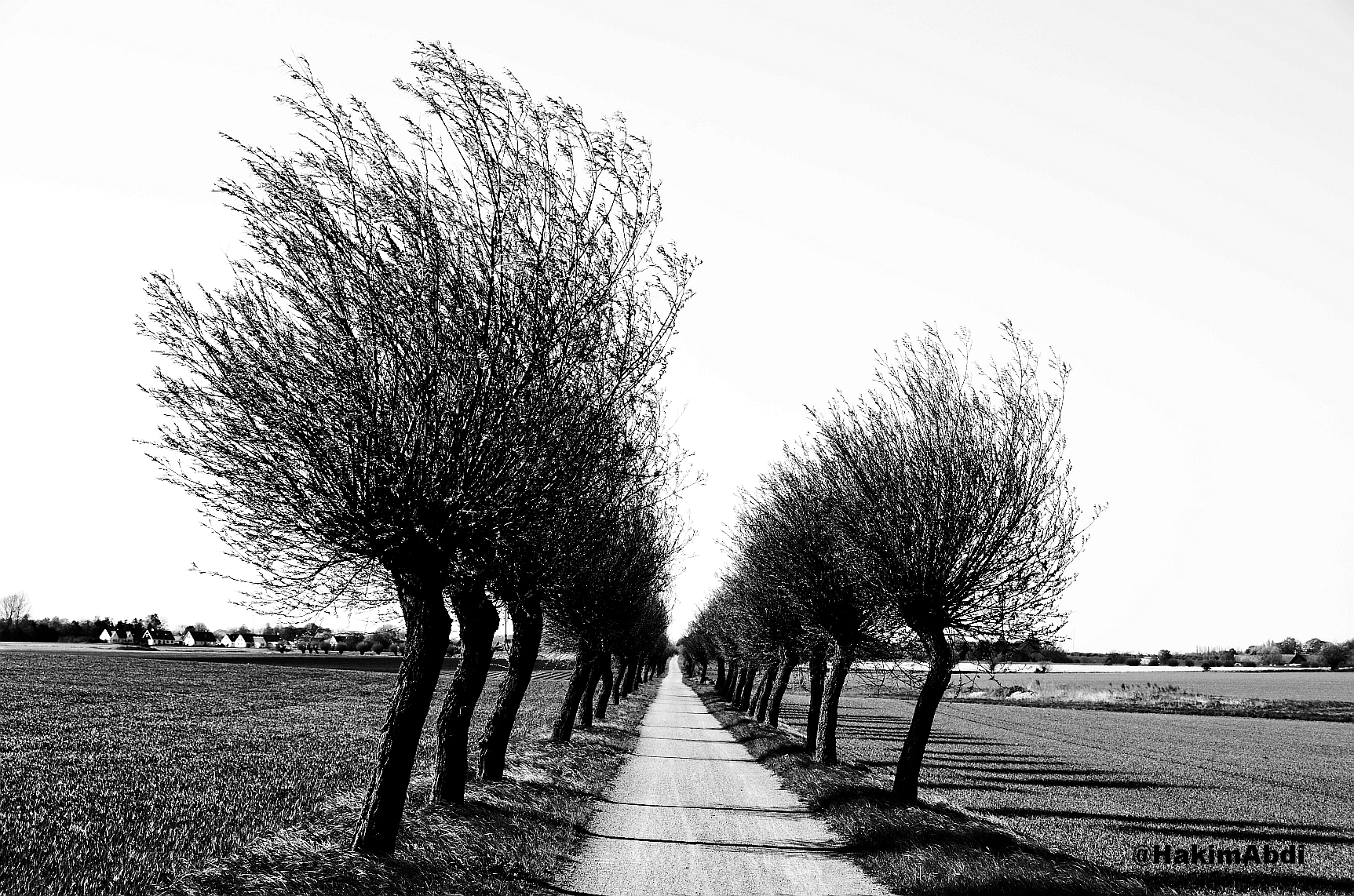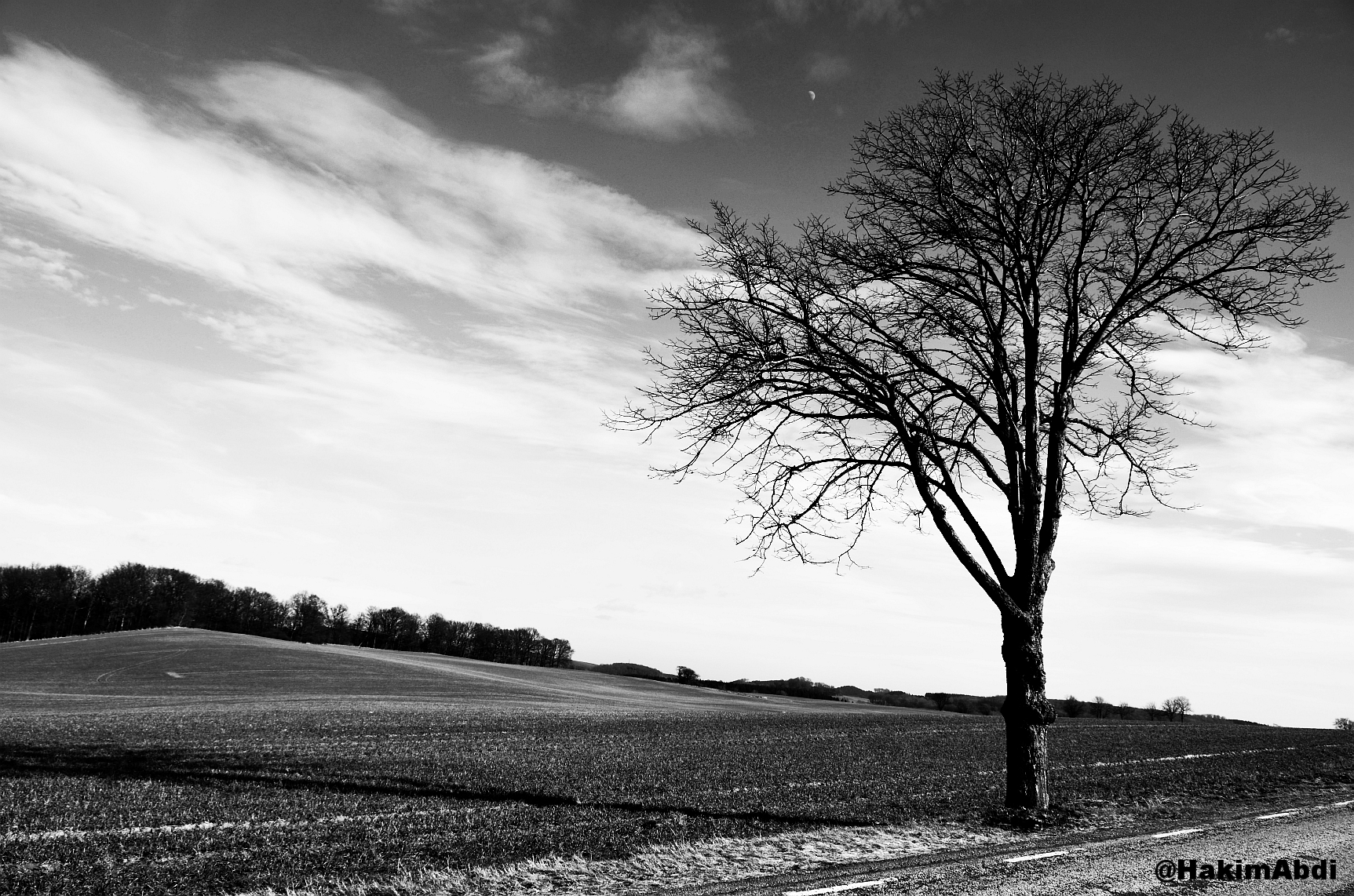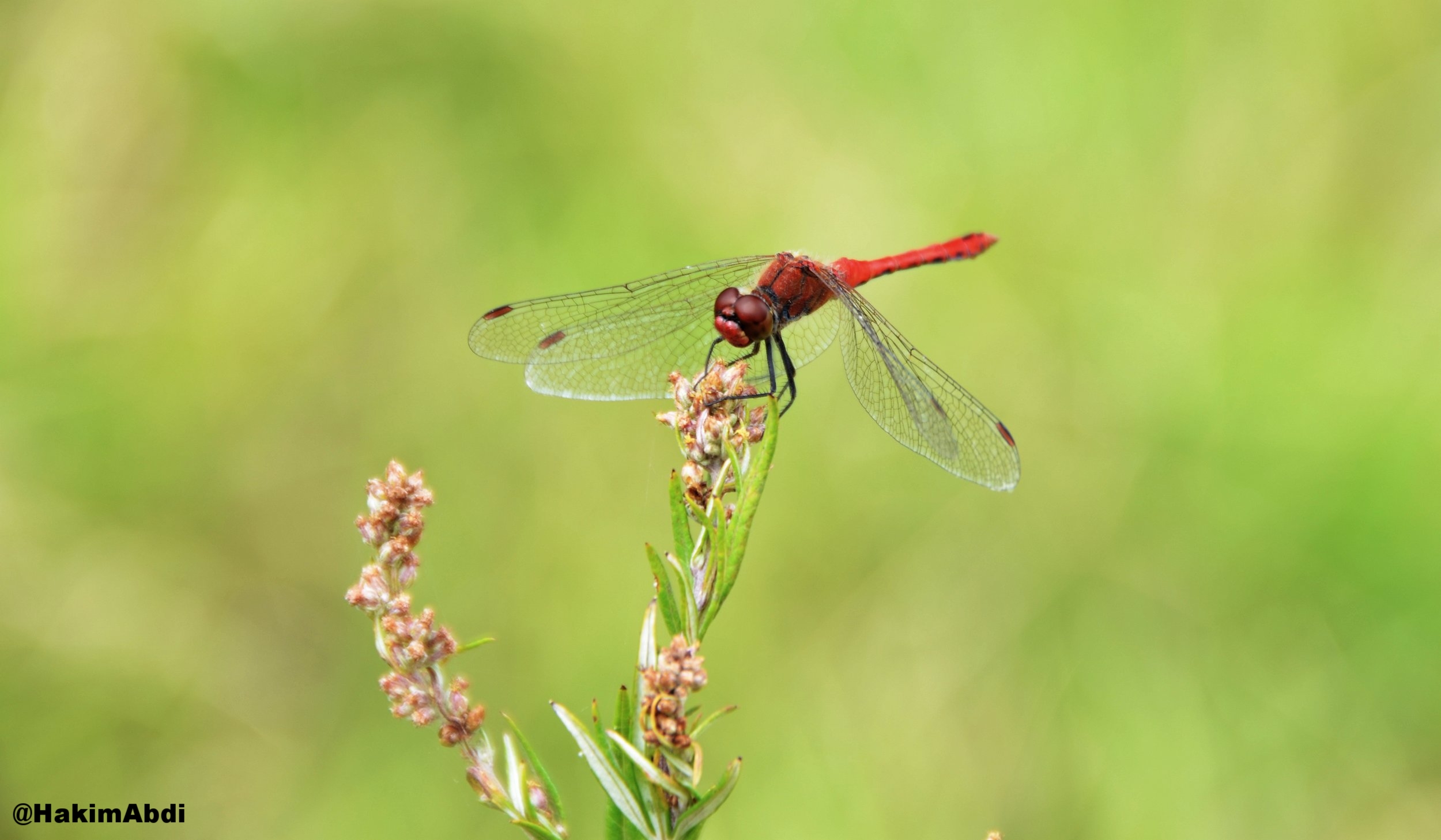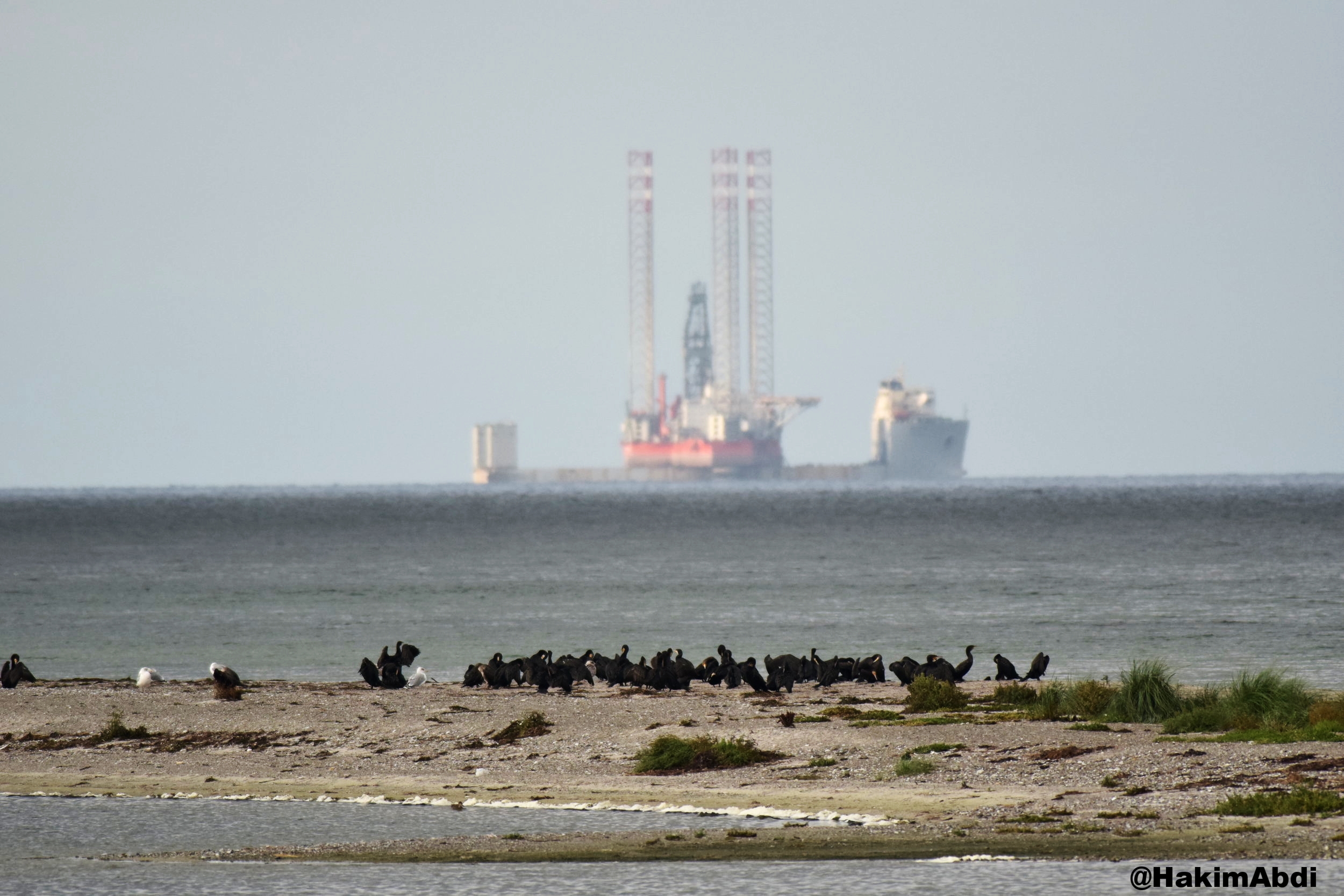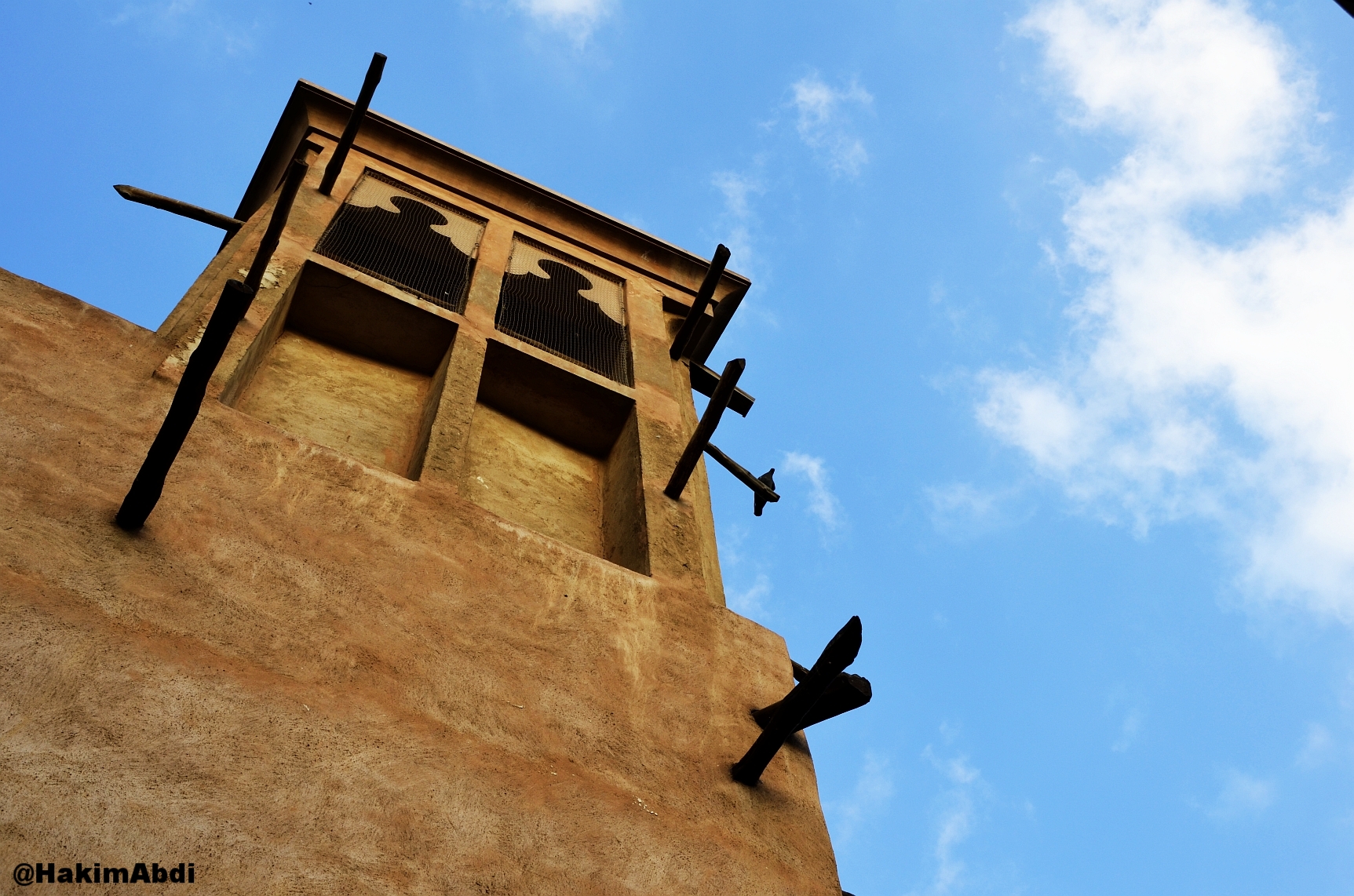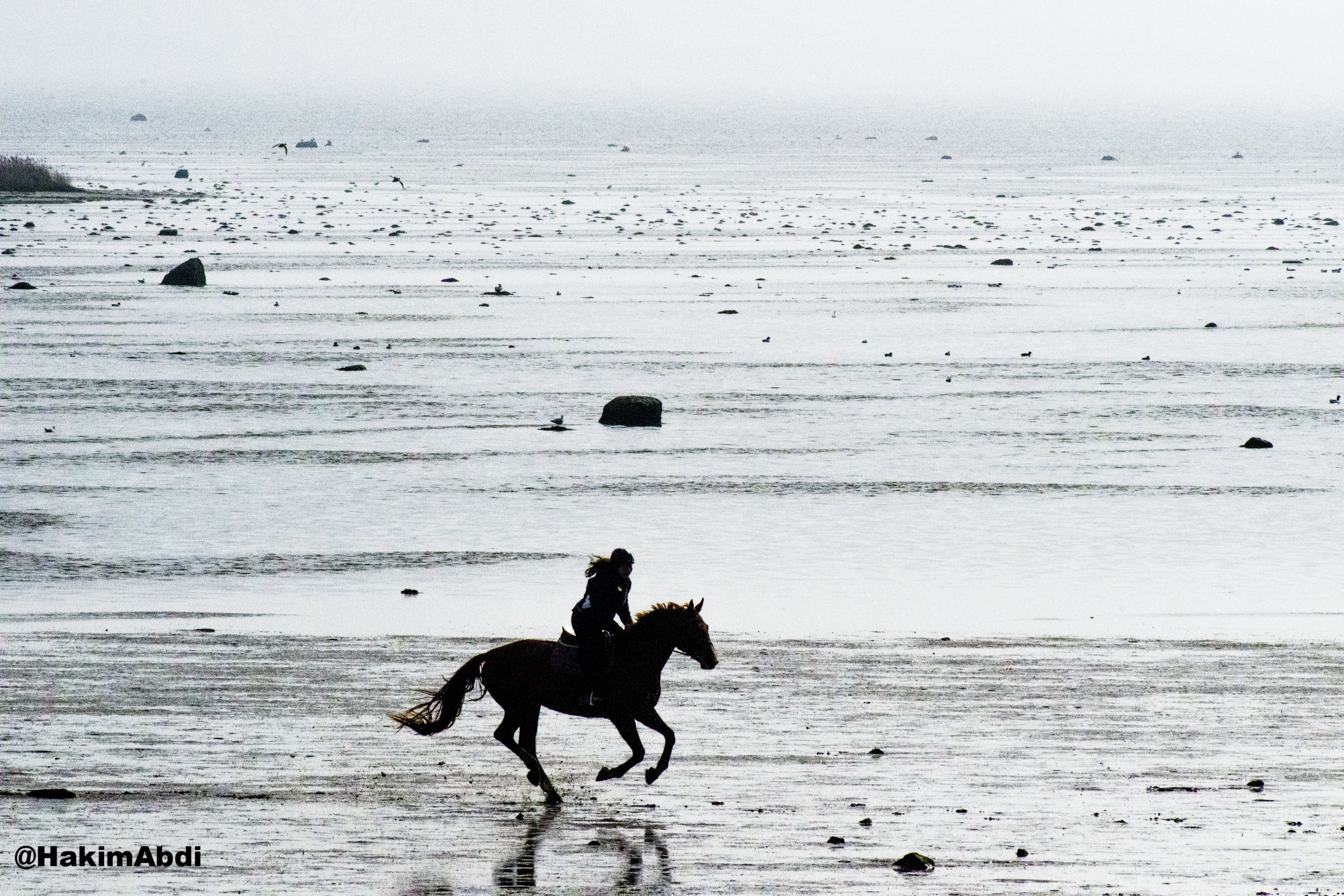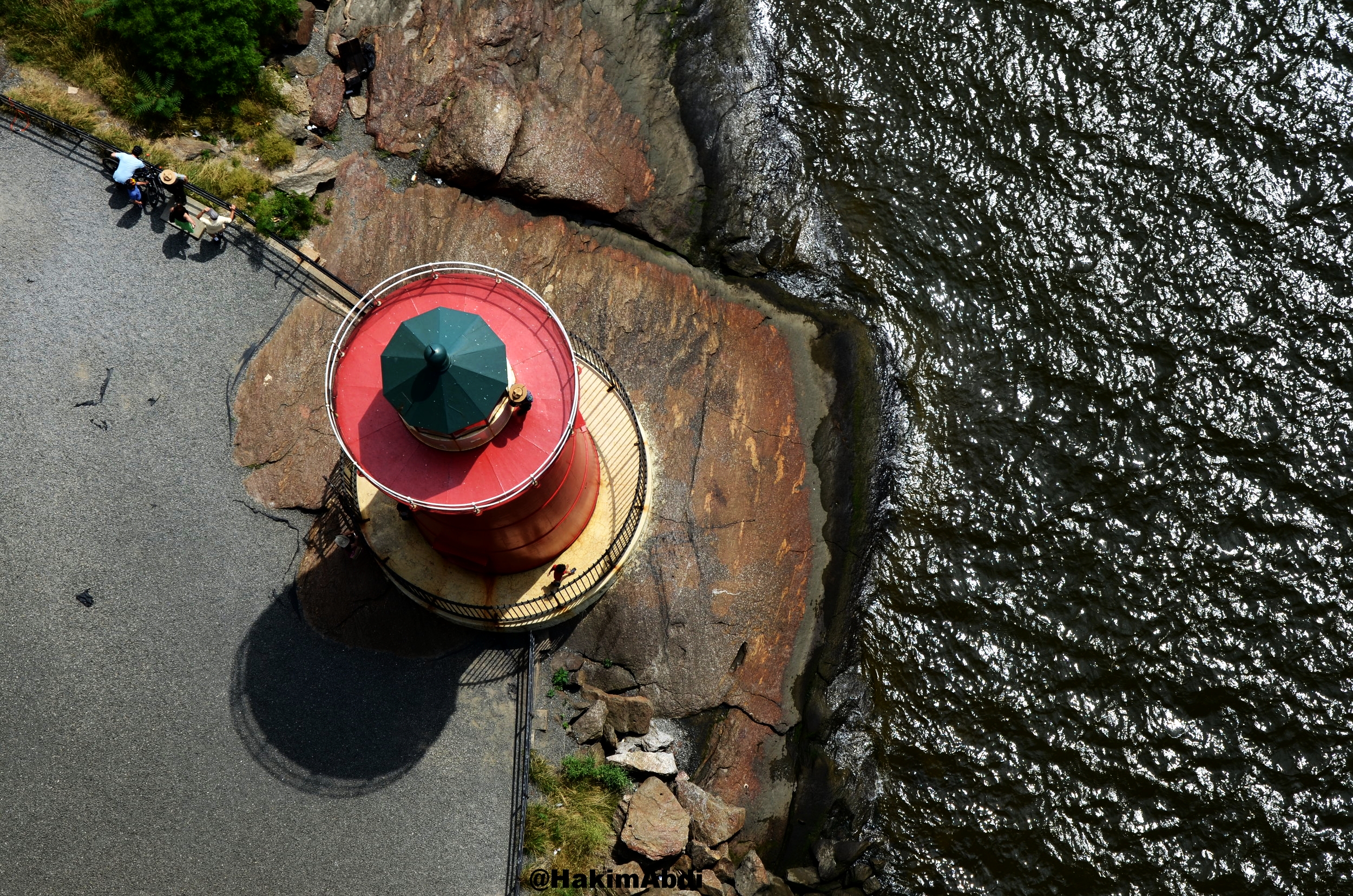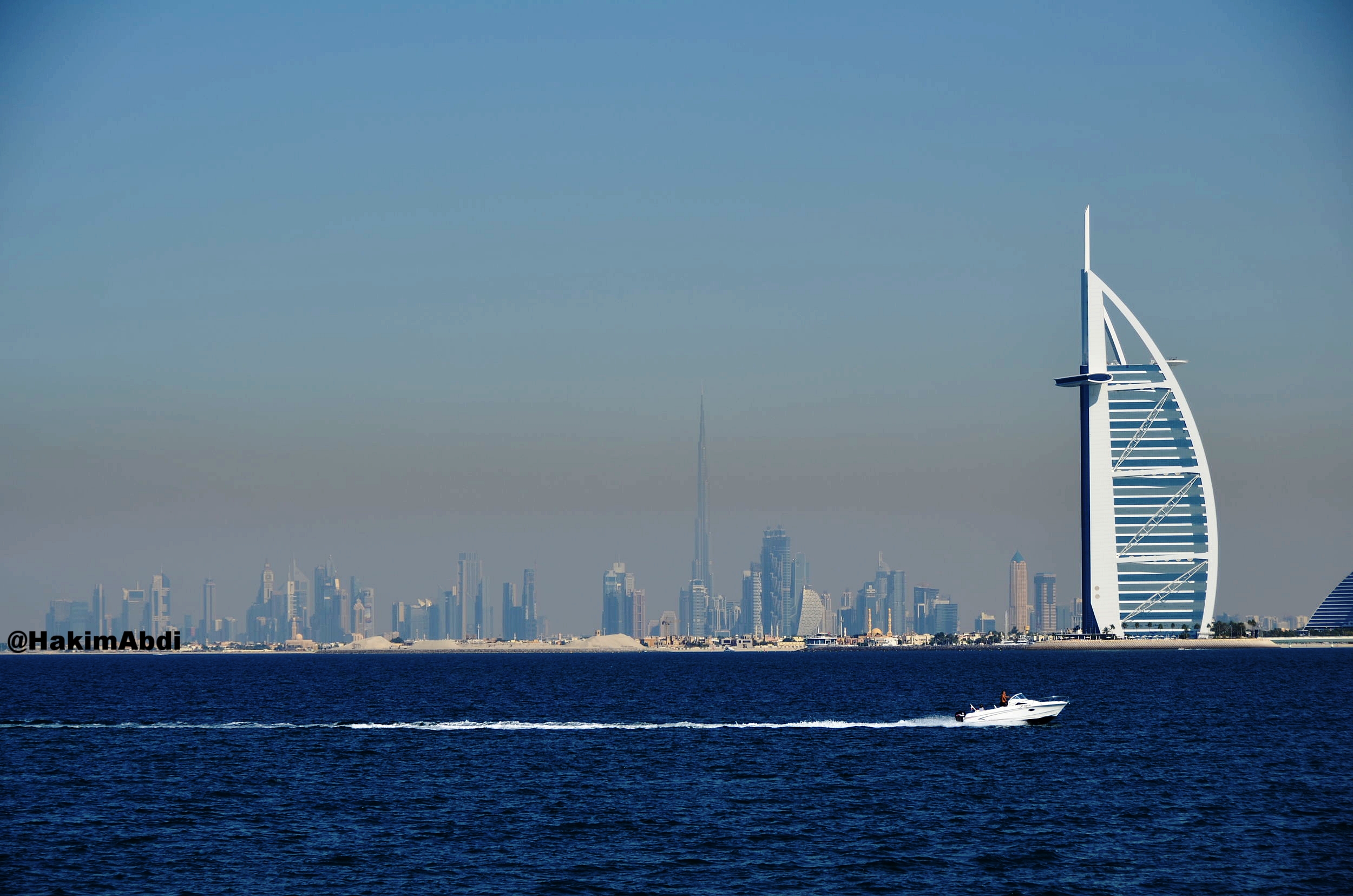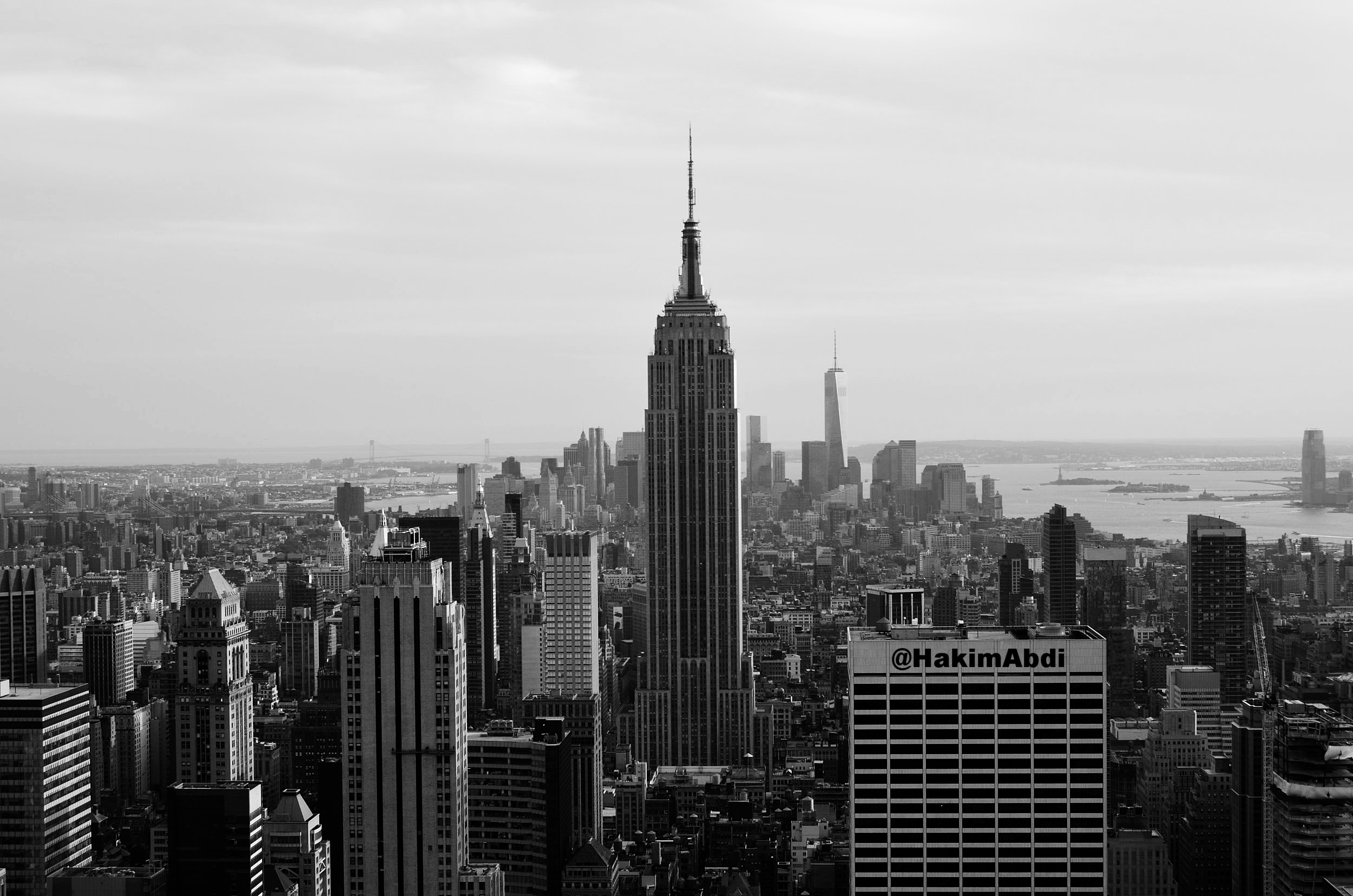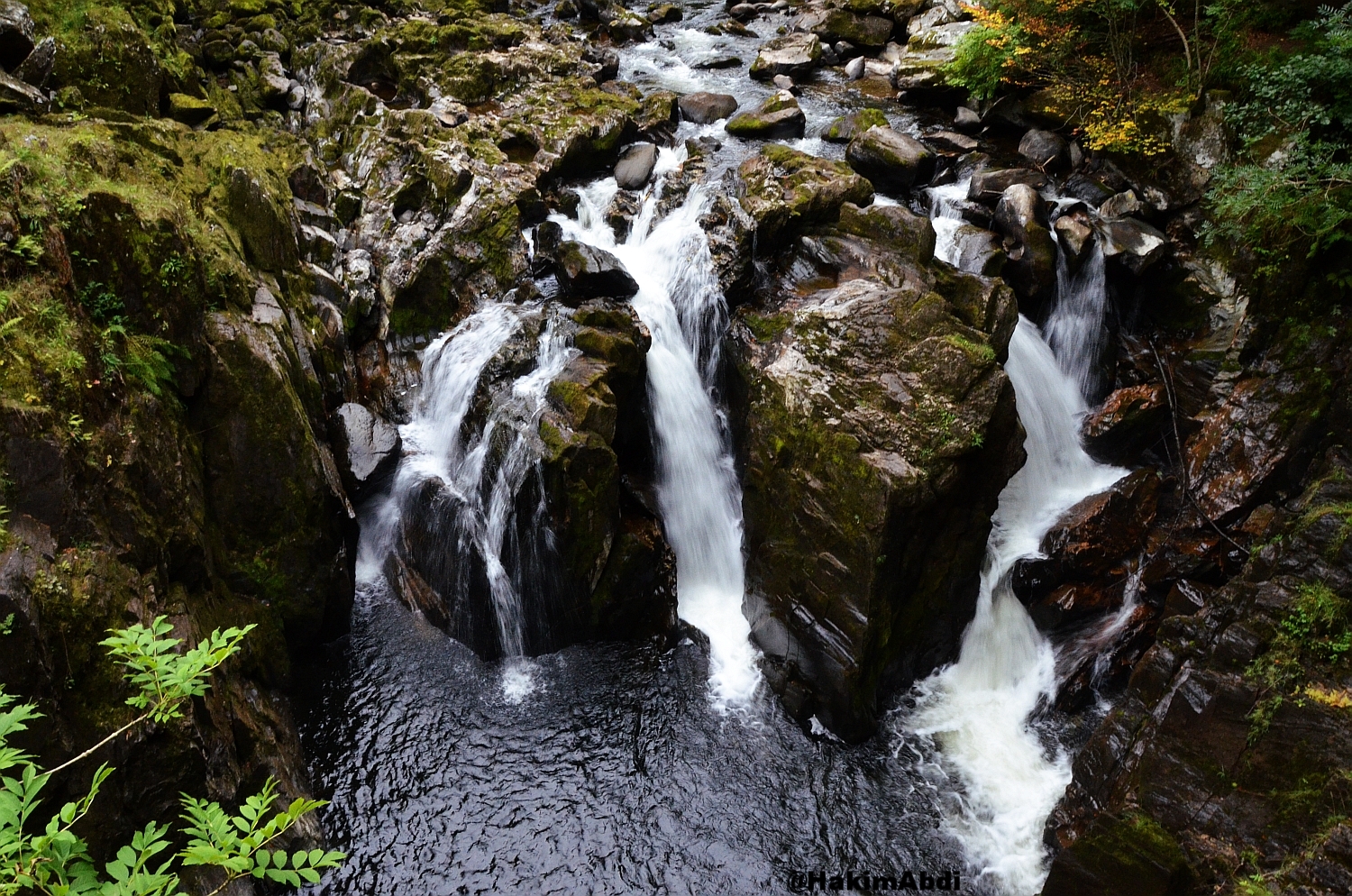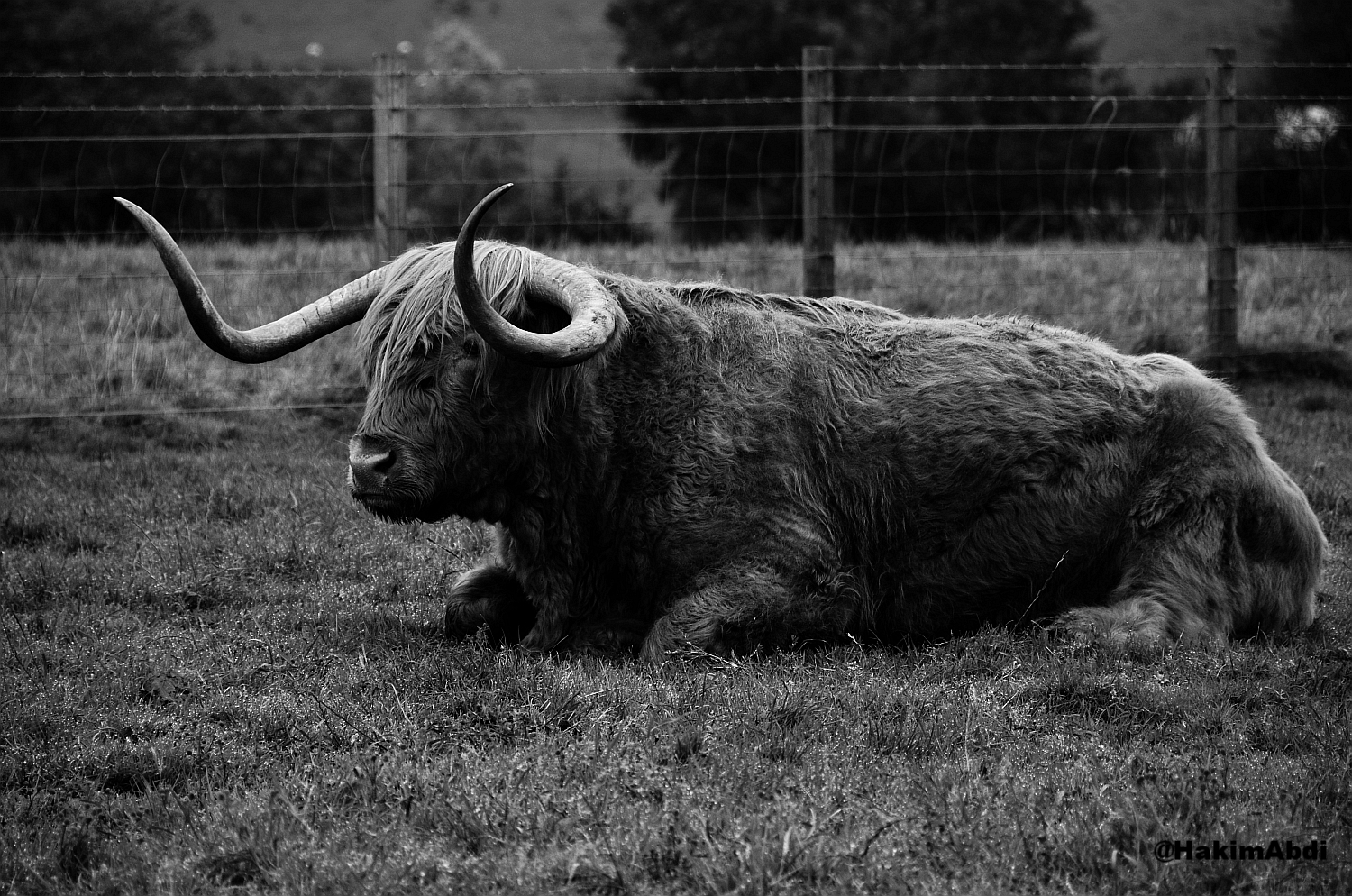Latest blog posts
On August 15th, I was interviewed by Swedish Television (SVT) about my work on mapping tree species in Sweden. The interview took place at one of my field sites in Skåne while we (teh field staff and I) conducted measurements at a survey location. We were with the journalist for about a hour and I spoke about a range of topics related to the project and why we were conducting fieldwork.
The conservation of species within Important Bird and Biodiversity Areas (IBAs) is critical, particularly in regions like Tunisia where wetlands serve as vital habitats for a wide array of waterbird species, including several that are globally threatened. In our recently published study on the conservation of wintering waterbirds within IBAs in Tunisia, we leveraged cutting-edge satellite remote sensing techniques to unravel the intricate dynamics between landscape structure and waterbird communities. This research is particularly novel as it integrates remote sensing data to assess the influence of wetland characteristics and surrounding landscape composition on bird habitats.
Back in 2020, I published a paper in the journal GIScience & Remote Sensing entitled "Land cover and land use classification performance of machine learning algorithms in a boreal landscape using Sentinel-2 data". The paper has so far garnered 472 citations according to Google Scholar and 41,536 downloads, highlighting its relevance and utility in the scientific community. Since this paper is steadily marching towards the 500-citation mark, I decided to revisit it, highlight its importance, and explore why it has been so popular.

